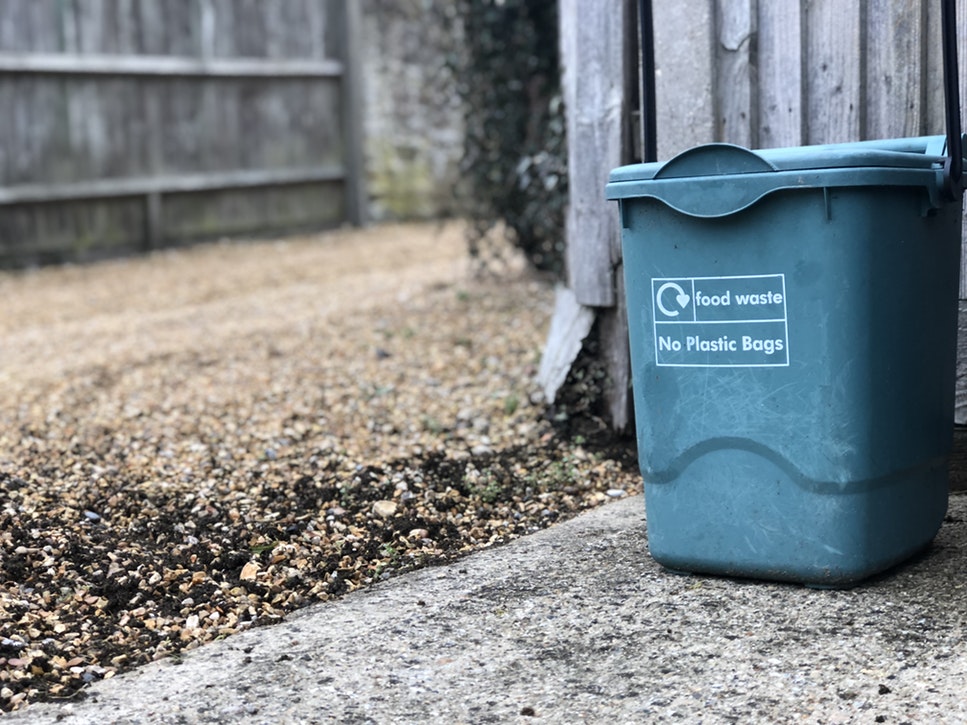The sentiment of “saving a tree” is as relevant in e-commerce as in any other type of office operation. Despite all encouragement to the contrary, paper waste continues to this day. In a typical office, each employee discards an average of 350 pounds of paper every year. For even a one-man operation, that’s a big and possibly unnecessary expense.
Fortunately, a few policy changes can serve to cut paper waste in half. Making these changes a habit could be the biggest obstacle.
Saving Printer Paper
To cut down on the expense of printing, try to:
- Go double-sided: There’s no real need to waste an entire side of your paper. By setting your printer to the double-sided option, you will not only lower your overhead but also cut the size of those messy document piles in half.
- Reuse your single-sided printouts: There’s rarely a good reason to throw away your unwanted documents. Just stack those pages up, flip them over and use them to restock your fax machine or stick them in your printer for use in running drafts.
- Rethink the settings on your word-processing software: The use of narrower margins and a smaller font could save at least one page per document.
- Practice electronic drafting: Editing on paper just won’t cut it anymore. Instead, draft your documents on the computer. Those manuscripts should be letter-perfect before you print them out.
- Preview, then print: If your software gives you the option, a preliminary peek at your file will tell you whether that final sentence plans to consume an entire page of its own. A few adjustments at this stage can prevent it.
Communications
Whether incoming or outgoing, information exchanges have a way of consuming far too much paper. To cut down on this means of waste, remember to:
- Email always: Where have all the letters gone? It seems that nobody uses snail mail anymore, and probably with good reason. Emails save paper as well as the mail carrier’s back.
- Never print an email: If you’ve just received a message that you don’t want to lose, that doesn’t mean you have to print it out. Most email apps have a “folders” option, and that’s where you should stash your missive. It will be simpler to pull up later and just as easy to read.
- Prune your mailing lists: Don’t send out more hard copy ads than necessary. If you haven’t done business with a person in a while, be bold and strike that name from your database.
- Use your friendly telephone: Is that fax as necessary as you think? Unless you have a particularly good reason for putting your data in writing, pick up the phone instead. You’ll be not only saving on paper but also adding the personal touch that can be so valuable in furthering the fortunes of your business.
- Give pre-printed documents a second chance: When you’re taking extensive notes, remember that a felt-tip marker with good black ink will overwrite most printed material.
Your Office Kitchen
Although they may seem easier to use, all those paper plates, bowls and coffee cups aren’t doing you any favors. Continual restocking will cost you money, and washing the reusable kind isn’t very difficult.
Lovelier the Second Time Around
Recycled paper products work as well as the non-recycled variety, and some people prefer their appearance. A bit of research will lead you to a number of locations that sell repurposed paper for every need.
Ship Green
What’s a cup of morning Joe without the morning paper? Although most news feeds today are available online, many still prefer the hard copy newspapers. When you’ve finished reading them, however, then what? You can always put them in the recycle bin, but have you considered using old newspapers in your shipping operation? Just crumple them up to stuff those boxes and save in more ways than one.
ABOUT THE AUTHOR
Don Amato is Vice-President, Sales of Chicago Tag & Label in Libertyville, IL. Chicago Tag & Label custom forms, labels and tags help streamline processes in many industries including retail, industrial, manufacturing, distribution and medical environments.

